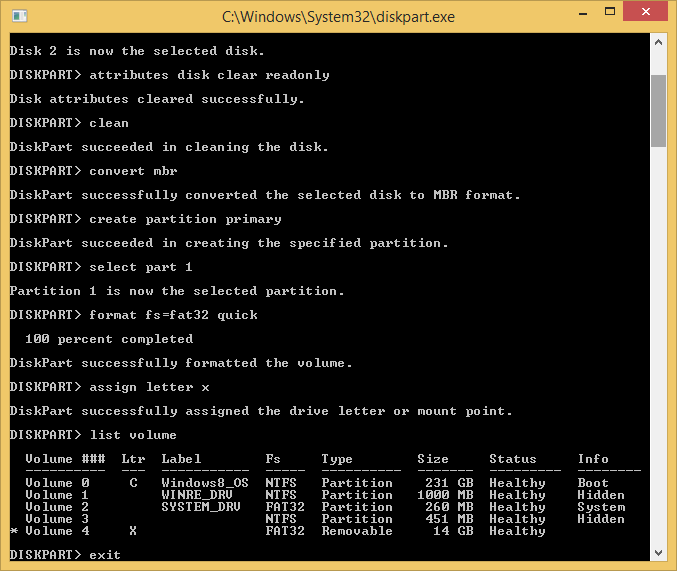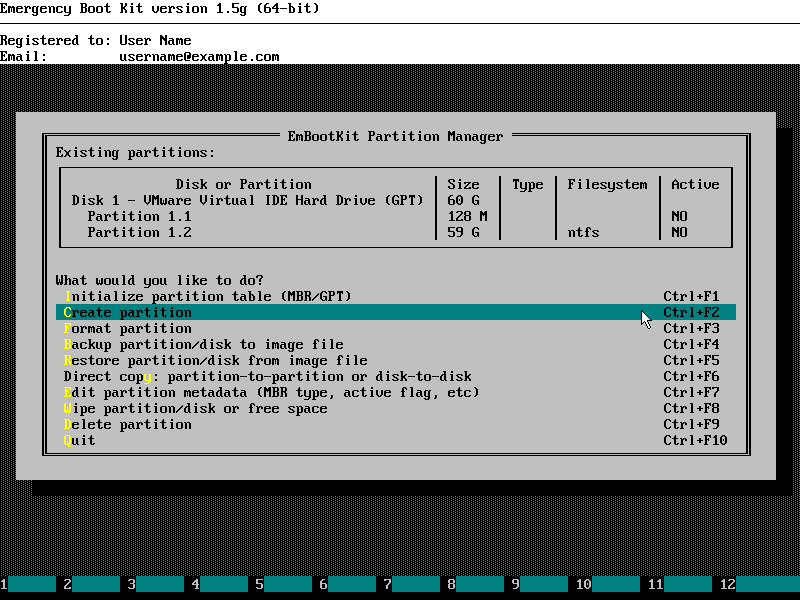


Sudden Power failure when the PC is working can lead the disk to become raw-type.

Some of the common reasons are listed below, There could be multiple reasons, which may turn the file system raw.

Place a FAT32 filesystem on the partition.Note that you may need to shrink existing partition(s) to make room. I recommend making it at least 550MiB in size. Launch the partitioning tool of your choice.This could be your existing Linux installation or an emergency disk/live CD - but if you use your regular installation, be aware that you may be limited in what you can do, because many partitioning tools limit what you can do to a disk with partitions that are mounted. Boot to any Linux tool that lets you partition the disk.Non-Linux tools have their own ways to identify ESPs. AFAIK, libparted provides no way to correctly label an MBR ESP.) In GPT fdisk ( gdisk, sgdisk, and cgdisk), an ESP has a type code of EF00. (Note, however, that in libparted-land, the "boot flag" on a GPT disk is unrelated to the "boot flag" on an MBR disk. In parted, GParted, and most other libparted-based tools, it's shown as a "boot flag" being set on the partition. Most partitioning tools have some other way of displaying the GUID type code, because GUIDs are so cumbersome. An EFI System Partition (ESP) is simply a FAT32 partition with a GUID type code of C12A7328-F81F-11D2-BA4B-00A0C93EC93B (or 0圎F on an MBR disk).


 0 kommentar(er)
0 kommentar(er)
